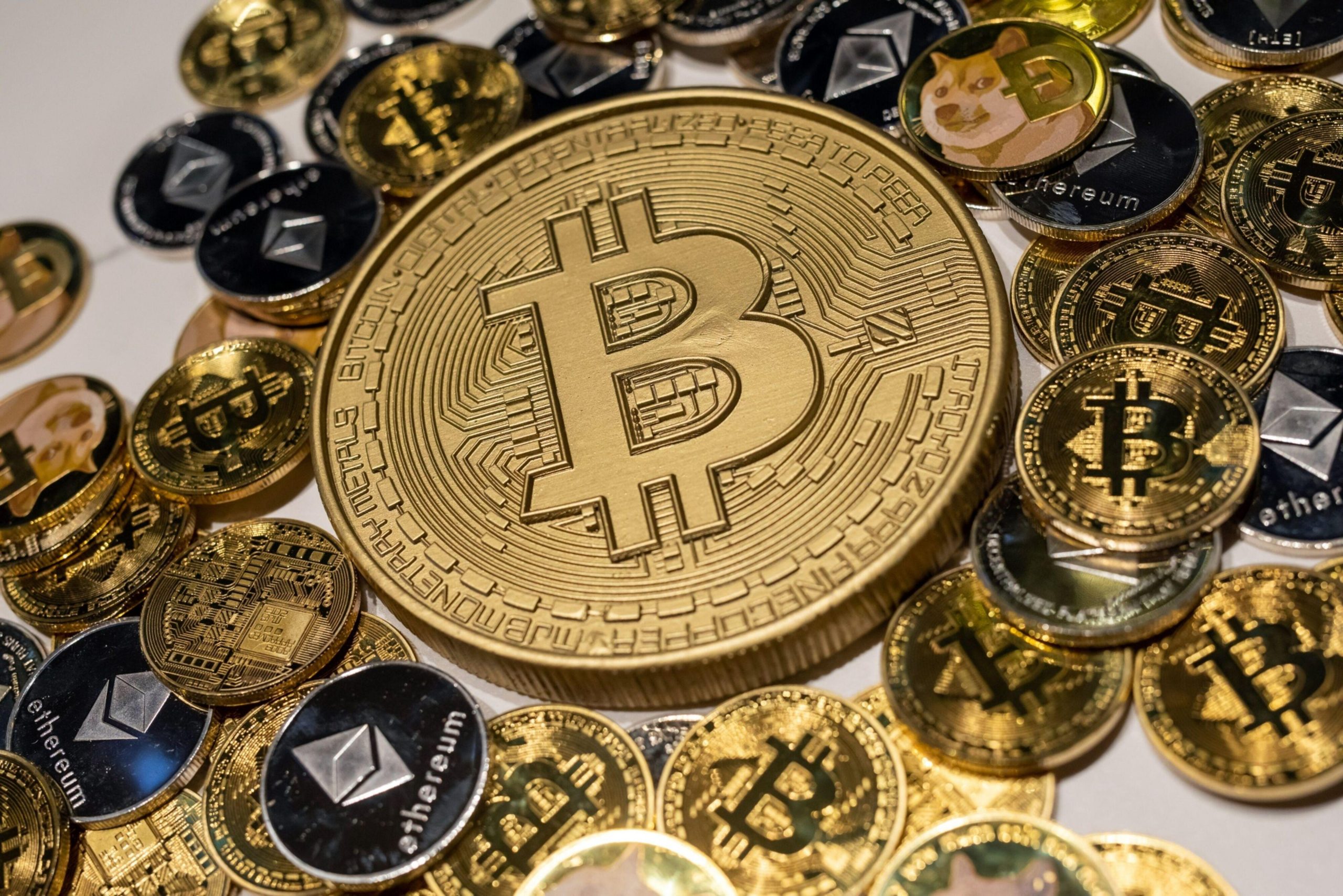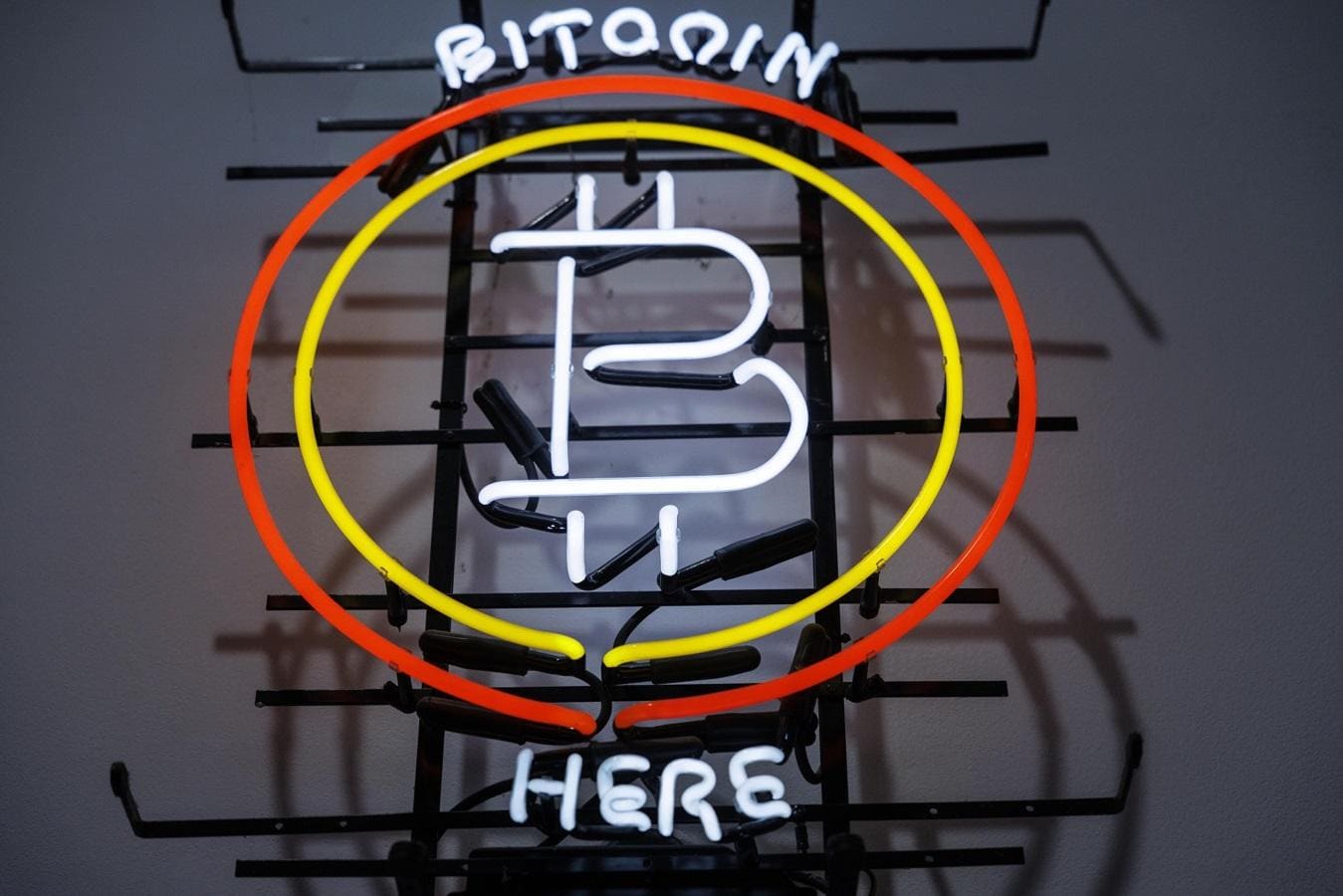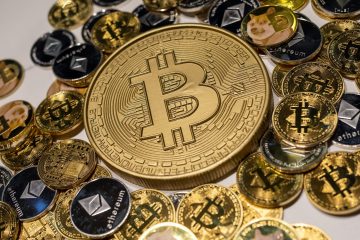World stocks were near record highs on Thursday amid a monthly round of European and U.S. inflation data, while cryptomarkets were roaring bitcoin on to its best month in over three years.
Wall Street was pointing higher as key inflation data offered little surprise while Europe bourses were set for their fourth monthly rise and one that has seen both the region and big worldwide indexes set all-time peaks for the first time since the start of 2022.
It was just after that the U.S. Federal Reserve started hinting at higher interest rates and Russia invaded Ukraine, compounding a global spike in inflation that is only now easing.
Thursday’s release of the Fed’s preferred inflation gauge, the personal consumer expenditures (PCE) price index, showed the annual increase in inflation was the smallest in nearly three years, keeping a June interest rate cut from the Federal Reserve on the table.
Earlier European readings showed German inflation remaining on a downward trajectory. French consumer prices rose 3.1% year-on-year, down from the 3.4% recorded in January although slightly higher than forecasts.
It was a similar picture in Spain, where annual inflation dropped to 2.9% in February from 3.5% in January, although it was in line with expectations.
It left bond markets and the euro and dollar struggling for direction, especially as the bar had been set high for U.S. PCE after the recent dialling back of rate cut bets.
FX and Macro strategist at BNY Mellon, Geoff Yu, said that after another rise this month in the dollar a lot would be needed for traders to add to their greenback and broader U.S. positions.
“If you look at the equity markets, dollar/yen there have been a lot of correlated trades this year,” Yu said. That also means that if U.S. equities begin to fall at any point, “a lot of other things will come off too”.
Wall Street futures were swept back into the green by the PCE data following modest falls for all three major indexes on Wednesday. S&P 500 futures pointed down 0.25% and Nasdaq futures fell 0.3%.
The yen had gained overnight meanwhile after a Bank of Japan (BOJ) official hinted at the need to exit ultra-easy monetary stimulus.
BITCOIN RECORD
The real excitement was over bitcoin which was up 4% on the day and nearly 50% this month.
It is set for its biggest monthly gain in more than three years and at $62,315 in Europe on Thursday is within range of its late 2021 record high just under $69,000.
“If this were any other market, it would likely be in the ‘blow-off top – don’t go near that bubble’ category,” said Matt Simpson, senior market analyst at City Index. “But bitcoin is back in its parabolic-rally phase.”
The approval and launch of spot bitcoin exchange-traded funds in the U.S. this year has opened the asset class to new investors and reignited the excitement that was sapped when prices collapsed in the “crypto winter” of 2022.
LSEG data showed flows into the 10 largest spot bitcoin ETFs brought in $420 million on Tuesday alone, the most in almost two weeks. The three most popular, run by Grayscale, Fidelity and BlackRock, saw volumes surge.
Investors were digesting the largely uneventful PCE data release after pushing back bets for a first Fed rate cut to June. At the start of the year, wagers were on the Fed cutting rates in March.
In Asia overnight, mainland Chinese blue chips jumped nearly 2%, recovering after a 1.3% slide in the previous session, amid hopes that more aggressive stimulus steps will emerge from next week’s annual session of the National People’s Congress, when the year’s growth target will be set.
For the month, the CSI 300 index ended 9.3% higher – which is its best performance since November 2022 and would snap a six-month streak of declines – supported mainly by state-led buying and tighter regulations.
Taiwan shares advanced 0.6%, and Australia gained 0.5%. Hong Kong’s Hang Seng and Japan’s Nikkei share average both ended the day down just over 0.1%. It was really just a breather though. The Nikkei had hit a record high on Tuesday.
BOJ TEASE
The U.S. dollar index, which measures the currency against six other majors including the yen, euro and pound, eased 0.2% to 103.77 although was still fractionally higher for February.
Most of day’s weakness was driven by a dip against the yen, after BOJ board member Hajime Takata said in a speech that the central bank needs to consider “nimble and flexible responses”, including ending policies such as negative interest rates and yield curve control.
Analysts and investors have been primarily expecting the BOJ to exit negative rates in April, with a risk of a move in March.
The euro was little changed at $1.0835 while sterling was flat at $1.2650. Benchmark U.S. 10-year Treasury yields were stable too, at around 4.26%.
In commodities, oil prices extended the previous session’s declines after a larger-than-expected build in U.S. crude stockpiles stoked worries about slow demand.
Brent crude futures fell 30 cents, or 0.4%, to $83.37 a barrel although they are also up around 2% this month whereas key metals like gold and copper have both fallen slightly.
(Editing by Kirsten Donovan)
First Published: Feb 29 2024 | 9:50 PM IST
Note:- (Not all news on the site expresses the point of view of the site, but we transmit this news automatically and translate it through programmatic technology on the site and not from a human editor. The content is auto-generated from a syndicated feed.))



